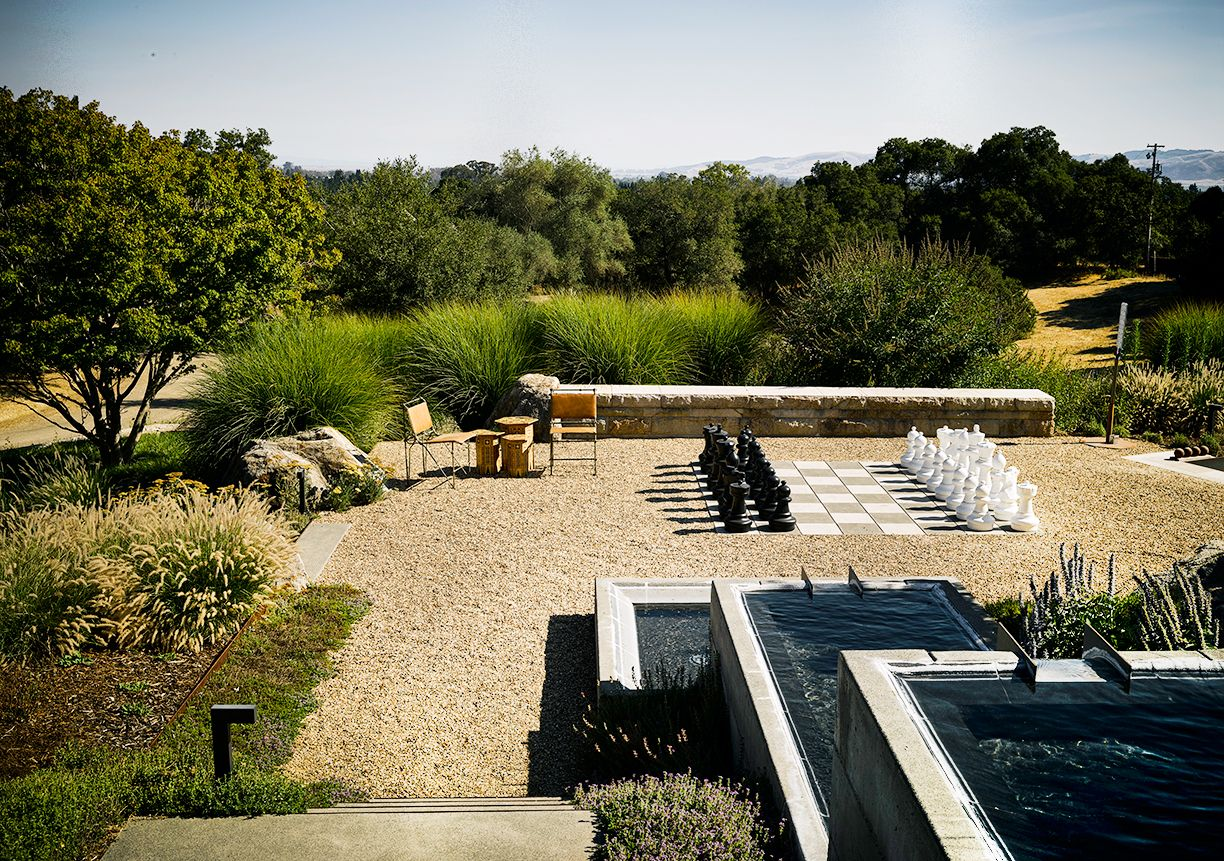
Landscape design is the art and science of designing outdoor spaces that are beautiful, functional, and sustainable. It involves planning, designing, and managing the built and natural environment, with a focus on creating outdoor spaces that are aesthetically pleasing, practical, and environmentally responsible. In this blog, we will explore the different aspects of landscape design and its importance, and conclude with a summary of the key points.
Landscaping design is the process of planning and creating outdoor spaces that are aesthetically pleasing, functional, and in harmony with their surroundings. It involves the use of various design elements such as plants, hardscapes, water features, lighting, and outdoor furniture to create an outdoor environment that meets the needs and desires of the client.
Landscaping design can be used to transform a wide range of outdoor spaces, from residential gardens to commercial parks and public spaces. The design process typically begins with an initial consultation with the client to discuss their vision, goals, and budget. From there, the designer will assess the site, taking into consideration factors such as topography, soil conditions, climate, and existing structures.
Once the site has been analyzed, the designer will develop a plan that includes a detailed layout of the proposed design elements, as well as any necessary construction details and cost estimates. The final design may also include recommendations for ongoing maintenance and care of the landscaped area.
Overall, landscaping design is a creative and collaborative process that aims to create outdoor spaces that are not only beautiful, but also functional, sustainable, and in harmony with the natural environment.
Understand the site: Start by analyzing the site's topography, soil type, drainage, and sun exposure. Understanding the site's natural conditions will help you choose the right plants and design elements that will thrive in the area.
Use the right plants: Select plants that are suited to the local climate, soil conditions, and light levels. Use a mix of native and non-native plants to create a diverse and interesting landscape.
Create a focal point: Choose a focal point, such as a tree, sculpture, or water feature, to draw the eye and create a sense of visual interest.
Create a sense of balance: Use symmetry or asymmetry to create a sense of balance in the design. A symmetrical design is often used for a formal landscape, while an asymmetrical design creates a more natural and organic feel.
Consider the seasons: Choose plants that will provide interest throughout the year, not just during one season. Consider evergreens, flowering trees, and shrubs, as well as perennials and annuals that bloom at different times.
Use hardscaping elements: Incorporate hardscaping elements such as paths, walls, and fences to add structure and define different areas of the landscape.
Think about function: Consider how the landscape will be used, and design accordingly. Create spaces for relaxation, dining, or entertaining, and include features such as fire pits or outdoor kitchens.
Pay attention to scale: Choose plants and elements that are appropriately sized for the space. Avoid planting large trees or shrubs in small areas, as they can overwhelm the space.
Create depth: Use layers and varying heights to create a sense of depth in the landscape. Use taller plants in the back of the space and shorter plants in the front to create a sense of perspective.
Consider maintenance: Choose plants and design elements that are easy to maintain, and consider the amount of time and effort required to keep the landscape looking its best.
Landscape design is an essential aspect of modern urban planning, as it helps create sustainable, functional, and aesthetically pleasing outdoor spaces. Good landscape design provides a range of benefits to people and the environment. Some of the benefits of landscape design include:
Aesthetic appeal: A well-designed landscape can enhance the beauty of a property and create a pleasing environment for residents and visitors.
Improved functionality: Landscape design can improve the functionality of outdoor spaces by creating designated areas for different activities such as recreation, relaxation, and socializing.
Increased property value: A well-designed landscape can increase the value of a property, making it more attractive to potential buyers or renters.
Environmental benefits: Landscape design can provide environmental benefits such as reducing water usage, improving air quality, and reducing the urban heat island effect.
To create a well-designed landscape, several key elements need to be considered. These include:
Site analysis: The site analysis involves evaluating the site's physical characteristics, including topography, soil type, water availability, and sun exposure. This analysis helps determine the landscape design's appropriate layout, plant selection, and other design elements.
Design principles: Design principles such as balance, proportion, unity, and focalization are essential in creating a harmonious and aesthetically pleasing outdoor space.
Plant selection: Choosing the right plants is crucial in creating a sustainable and visually appealing landscape. Factors such as the plant's height, color, texture, and growth rate need to be considered when selecting plants for a landscape design.
Hardscape elements: Hardscape elements such as walkways, patios, and walls provide functional and visual structure to a landscape design.
In conclusion, landscape design is an essential aspect of modern urban planning. It involves creating outdoor spaces that are beautiful, functional, and sustainable. A well-designed landscape can enhance the aesthetic appeal of a property, improve its functionality, increase its value, and provide environmental benefits. To create a successful landscape design, site analysis, design principles, plant selection, and hardscape elements need to be considered. A good landscape design creates a harmonious and visually appealing outdoor space that provides a range of benefits to people and the environment.